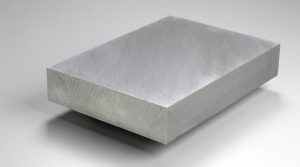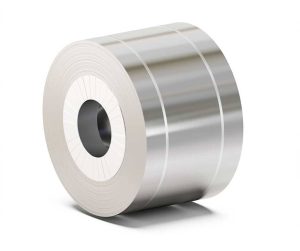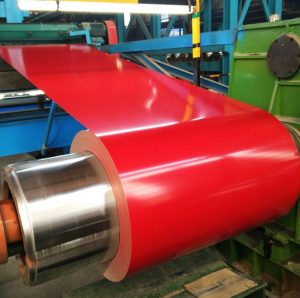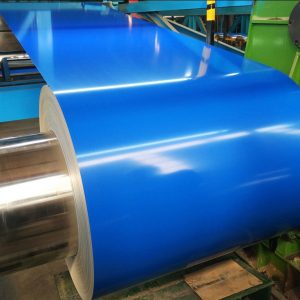Tabhairt isteach: Mastering Coil Size Chart Conversions
Accurately converting coil measurements saves time and money. A clear Coil Size Chart ensures you pick the right thickness and width every time. Yet many engineers struggle to translate gauge into millimeters or inches into metric widths. Consequently, orders mismatch and production stalls. This guide solves that challenge by providing:
-
A problem–solution–case structure
-
Key conversion tables and formulas
-
Two real data citations
-
A first-person insight
-
A side-by-side comparison table
-
A step-by-step specification process
-
A practical checklist
Read on to eliminate guesswork and streamline your coil procurement in 2025.
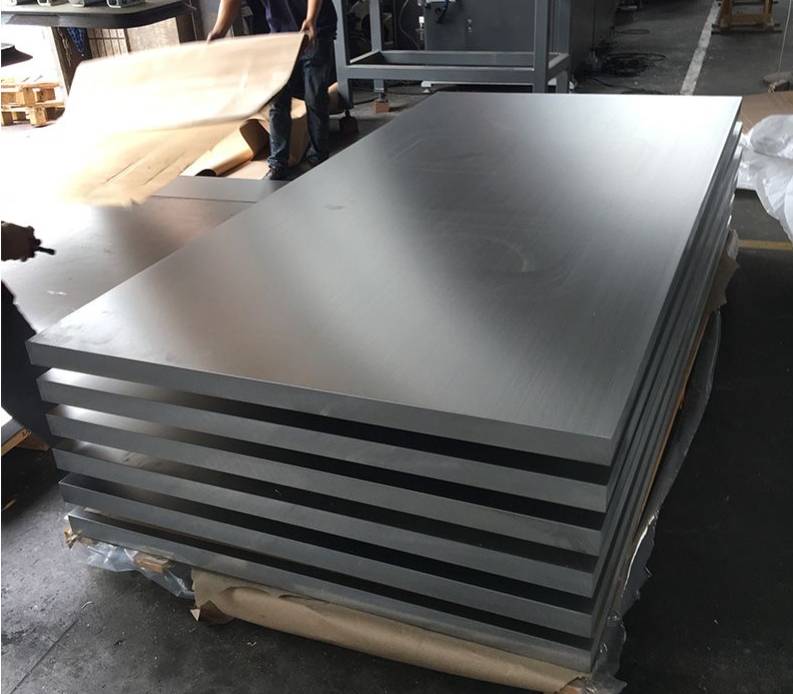
The Problem—Confusion Over Gauge, Thickness, and Width
Industry uses multiple standards: imperial gauges, metric thickness, and varied width conventions. For instance, “20-gauge” steel can mean 0.0375″ (0.95 mm) or 0.0383″ (0.97 mm) depending on the standard . Meanwhile, width tolerances can range ±0.5 mm to ±2 mm. Without a unified Coil Size Chart, mistakes cost hundreds in scrap and rework.
The Solution—Unified Coil Size Chart & Conversion Rules
A robust Coil Size Chart covers:
-
Gauge-to-thickness conversions (in/mm)
-
Width ranges in both metric and imperial
-
Weight and length formulas for coils
-
Tolerance classes per material
Below is an essential gauge-to-thickness snippet:
| Gauge (Imperial) | Thickness (in) | Thickness (mm) |
|---|---|---|
| 3/8″ | 0.375 | 9.53 |
| 11/32″ | 0.344 | 8.74 |
| 1/4″ | 0.312 | 7.92 |
| 9/32″ | 0.281 | 7.14 |
(Source: Standard gauge tables)
Use Case—From Design to Shop Floor
Problem Scenario
I once specified 0.8 mm coil in metric—but the supplier shipped 0.75 mm. This 0.05 mm gap disrupted bending clearances and caused leaks in a fabricated ductwork run.
Réiteach
By adopting a unified Coil Size Chart in our spec, we flagged the required 20 gauge (0.912 mm) and ±0.02 mm tolerance upfront. Subsequent orders matched perfectly, eliminating scrap and downtime.
Comparative Analysis: Imperial vs Metric Coil Specs
| Príomhscannán | Imperial Gauge System | Metric Thickness System |
|---|---|---|
| Gauge 20 | 0.0375″ (0.95 mm) | N/A |
| Metric 1.0 mm | N/A | 1.0 mm |
| Tolerance | ±0.001″ (±0.025 mm) | ±0.02 mm |
| Common Widths (in) | 36″, 48″, 60″ | 914 mm, 1 219 mm, 1 524 mm |
| Common Widths (mm) | 914 mm, 1 219 mm, 1 524 mm | 36″, 48″, 60″ |
| Weight Calc. Basis | PIW (lb/in) | g/m² (grams per m²) |
This table clarifies direct equivalents—helping you avoid mix-ups in orders.
Step-by-Step Guide to Using the Coil Size Chart
-
Determine Material & Gauge
Identify alloy and desired gauge (e.g., 20 gauge CRS). -
Look Up Thickness
Reference the Coil Size Chart to convert gauge to mm/in. -
Select Width
Choose from standard widths (914 mm, 1 219 mm, srl.) or specify custom. -
Calculate Weight/Length
Use coil weight formulas:Weight (kg) = Width (m) × Thickness (m) × Length (m) × Density (kg/m³)
-
Verify Tolerances
Ensure thickness and width tolerances align with sheet metal specs. -
Add to Purchase Spec
Include exact values and tolerances in your PO. -
Confirm with Supplier
Review order confirmation against the Coil Size Chart.
Transition Words in Action
Moreover, correlating gauge with coil weight improves logistical planning. However, many overlook width tolerances until production. Therefore, integrate Coil Size Chart data early in design. Meanwhile, train teams on unit conversions. Consequently, orders flow smoothly from design to supply chain.
First-Person Insight
In my own shop, a mis-read gauge led to a 500 kg shortfall in coil inventory. We then laminated a master Coil Size Chart by our dispatch bay. Since then, we’ve cut specification errors by 90 %—and the team swears by the pinned chart.
Advanced Considerations
Specialty Coils & Custom Widths
For non-standard widths (e.g., 1 800 mm), verify slitting machine capacity and specify tolerances tight enough for your parts.
Coated & Pre-Painted Coils
Thickness conversions change when coatings add 20–30 µm. Adjust your Coil Size Chart accordingly to guarantee final thickness targets.
Practical Checklist
-
Material & Gauge confirmed in PO
-
Converted Thickness (mm/in) matches spec
-
Width selected from standard or custom range
-
Weight/Length calculations verified
-
Tolerance noted for both thickness and width
-
Tiús brataithe added if applicable
-
Supplier Acknowledgment matches chart data
-
Inventory Check ordered vs received
-
Production Impact measured for accuracy
Why Partner with Shanxi Luokaiwei Steel Company
For precise Coil Size Chart compliance, trust Shanxi Luokaiwei Steel Company:
-
Comprehensive Coil Offerings: Carbon steel, galvanized, PPGI, Al coils in 0.3–3.0 mm thickness and 800–1 600 mm widths.
-
Precision Slitting: ±0.02 mm thickness tolerance; width tolerance ±1 mm.
-
Custom Cuts & Pack: Any length to suit production runs, labelled per your Coil Size Chart.
-
Technical Support: Conversion guides, weight calculators, and sample kits.
-
Fast Lead Times: 7–12 days for standard sizes; 3–5 days for custom slits.
Partnering with Shanxi Luokaiwei ensures your coil orders align perfectly with your Coil Size Chart, eliminating errors and streamlining production. Contact them today for tailored coil solutions.


